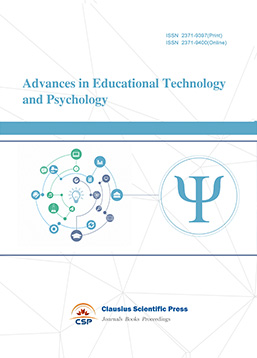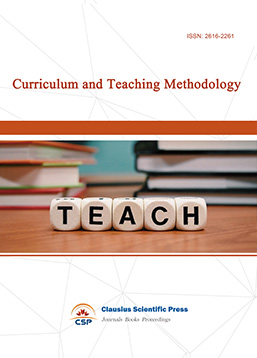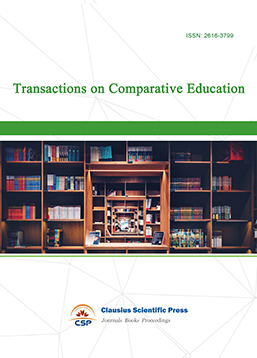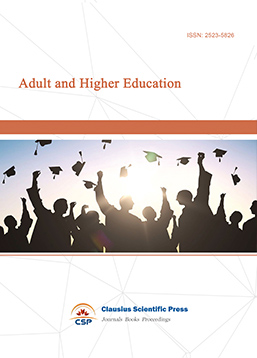Network Environments in Teenagers' Behaviors and Mental Development
DOI: 10.23977/appep.2025.060321 | Downloads: 4 | Views: 115
Author(s)
Yitong Wang 1
Affiliation(s)
1 Shenzhen Middle School, Shenzhen, 518024, China
Corresponding Author
Yitong WangABSTRACT
The current study aimed to examine how different aspects of the network environments—specifically online shopping, social media, online search, and AI tool use—affect the mental health and social behaviors of Chinese teenagers. 230 teenagers participated in this study and they completed a series of questions in a self-reported survey. The questions included three dimensions: digital engagement (e.g., use of social media, AI tools, and online shopping), mental health (e.g., depression, anxiety, self-esteem), and social behaviors (e.g., empathy, cooperation, adaptability). Drawing upon correlation and regression analysis, the study found that digital engagement had weak or inconsistent correlations with mental health outcomes but showed significant positive associations with social behaviors. In particular, AI tool use and online shopping were strong predictors of skills such as problem-solving, empathy, and collaboration. These findings suggest that the way teenagers use digital tools may matter more than how often they use them, especially in educational and social development contexts.
KEYWORDS
Online Environments, Adolescents, Social Behaviors, Mental HealthCITE THIS PAPER
Yitong Wang, Network Environments in Teenagers' Behaviors and Mental Development. Applied & Educational Psychology (2025) Vol. 6: 162-171. DOI: http://dx.doi.org/10.23977/appep.2025.060321.
REFERENCES
[1] Bandura, A., & Walters, R. H. (1977). Social learning theory (Vol. 1). Prentice Hall.
[2] Piaget, J., & Cook, M. (1952). The origins of intelligence in children (Vol. 8). International Universities Press.
[3] Prensky, M. (2001). Digital natives, digital immigrants. On the Horizon, 9(5), 1-6.
[4] Valkenburg, P. M., Meier, A., & Beyens, I. (2022). Social media use and its impact on adolescent mental health: An umbrella review of the evidence. Current Opinion in Psychology, 44, 58-68.
[5] Shensa, A., Escobar-Viera, C. G., Sidani, J. E., Bowman, N. D., Marshal, M. P., & Primack, B. A. (2017). Problematic social media use and depressive symptoms among US young adults: A nationally-representative study. Social Science & Medicine, 182, 150-157.
[6] Nick, E. A., Kilic, Z., Nesi, J., Telzer, E. H., Lindquist, K. A., & Prinstein, M. J. (2022). Adolescent digital stress: Frequencies, correlates, and longitudinal association with depressive symptoms. Journal of Adolescent Health, 70(2), 336-339.
[7] Primack, B. A., Shensa, A., Sidani, J. E., Whaite, E. O., yi Lin, L., Rosen, D., Colditz, J. B., Radovic, A., & Miller, E. (2017). Social media use and perceived social isolation among young adults in the US. American Journal of Preventive Medicine, 53(1), 1-8.
[8] Moreno, M. A., & Uhls, Y. T. (2019). Applying an affordances approach and a developmental lens to approach adolescent social media use. Digital Health, 5, 2055207619826678.
[9] van der Wal, A., Valkenburg, P. M., & van Driel, I. I. (2022). In their own words: How adolescents differ in their social media use and how it affects them. Social Media+Society, 10(2), 1-11.
[10] Siebers, T. (2024). Tempting triggers: The effects of adolescents' social media use on distraction, task delay, and sleep [Doctoral dissertation, University of Amsterdam].
[11] Beyens, I., Pouwels, J. L., van Driel, I. I., Keijsers, L., & Valkenburg, P. M. (2024). Social media use and adolescents' well-being: Developing a typology of person-specific effect patterns. Communication Research, 51(6), 691-716.
| Downloads: | 17671 |
|---|---|
| Visits: | 647860 |

 Download as PDF
Download as PDF



